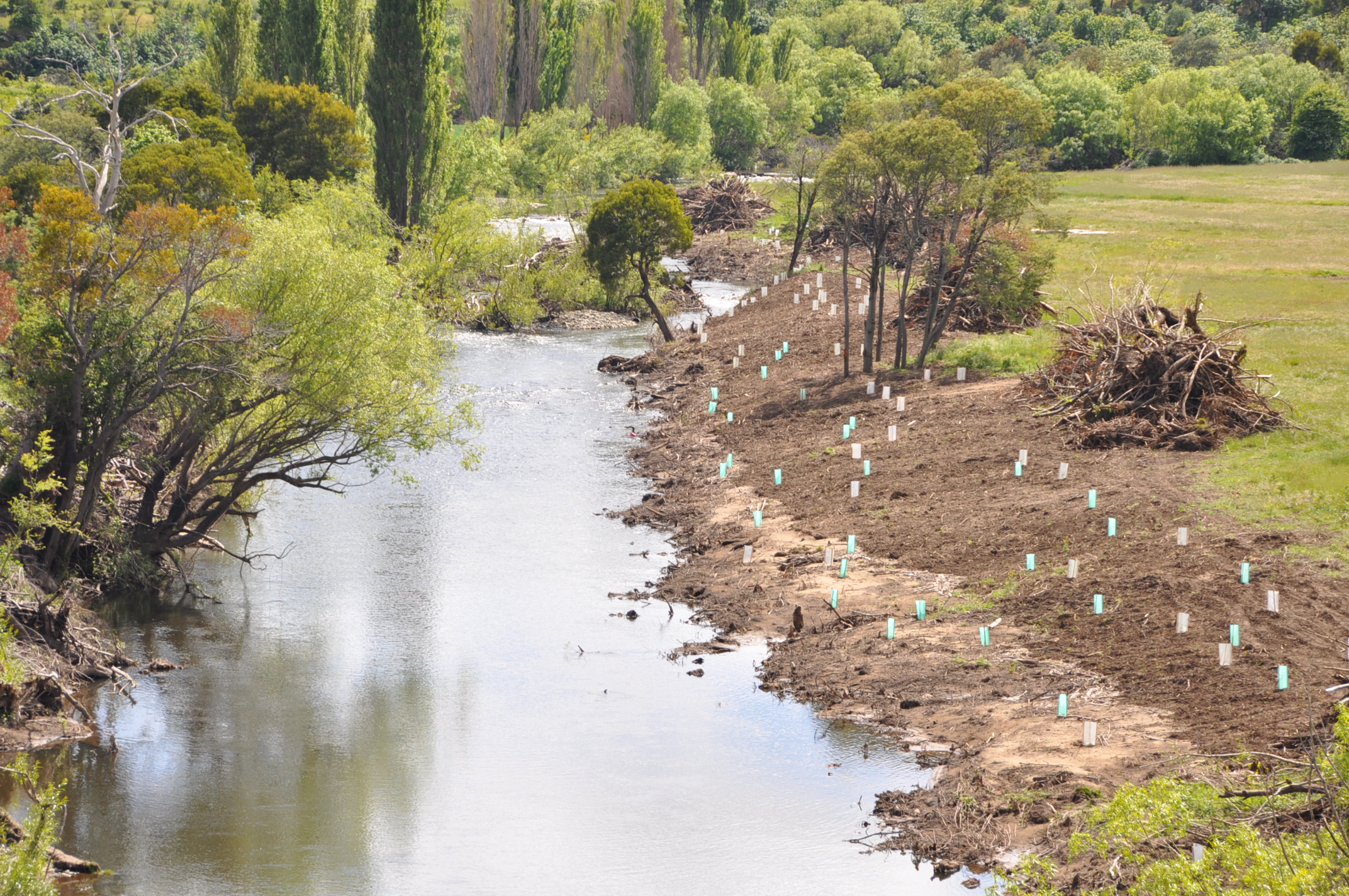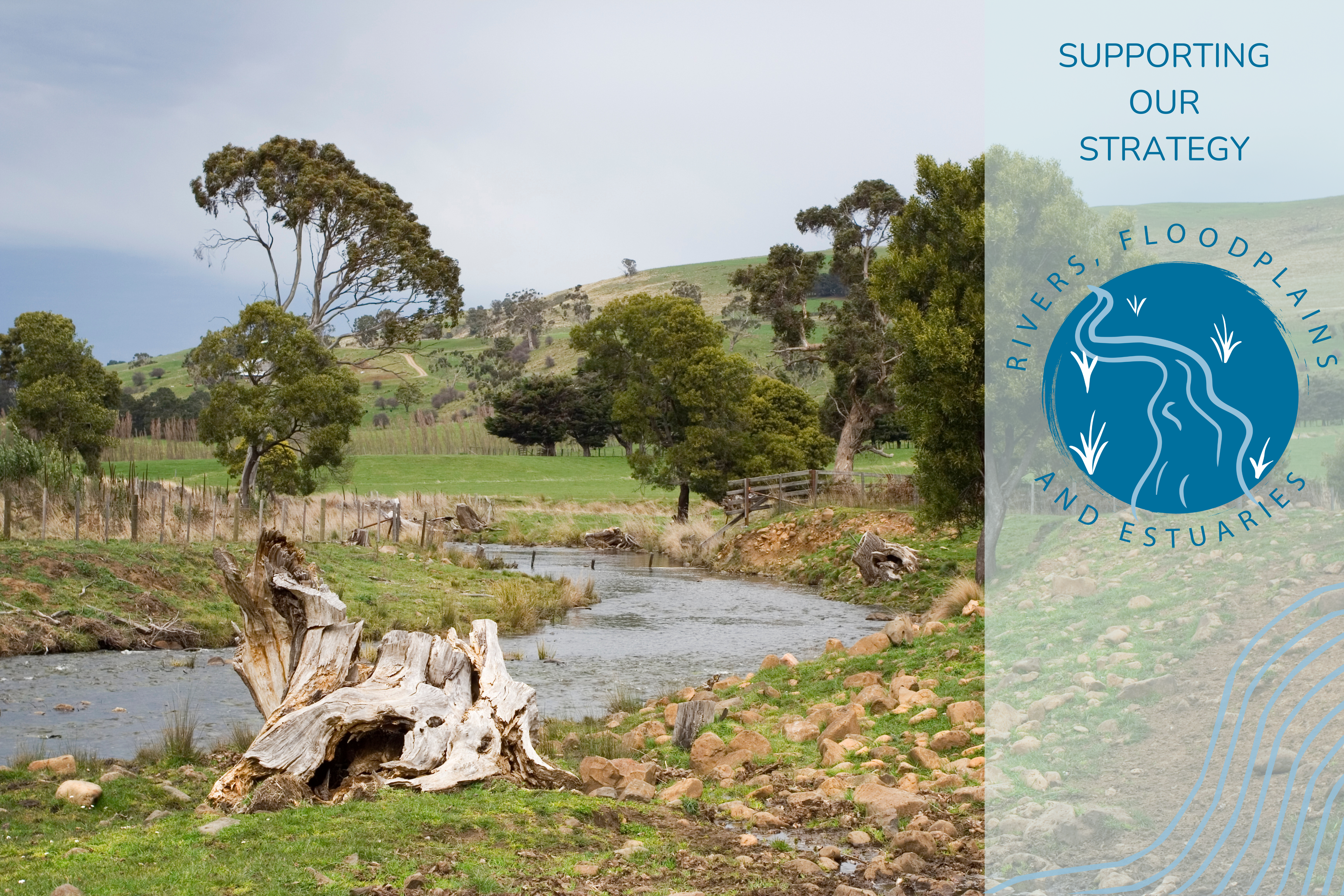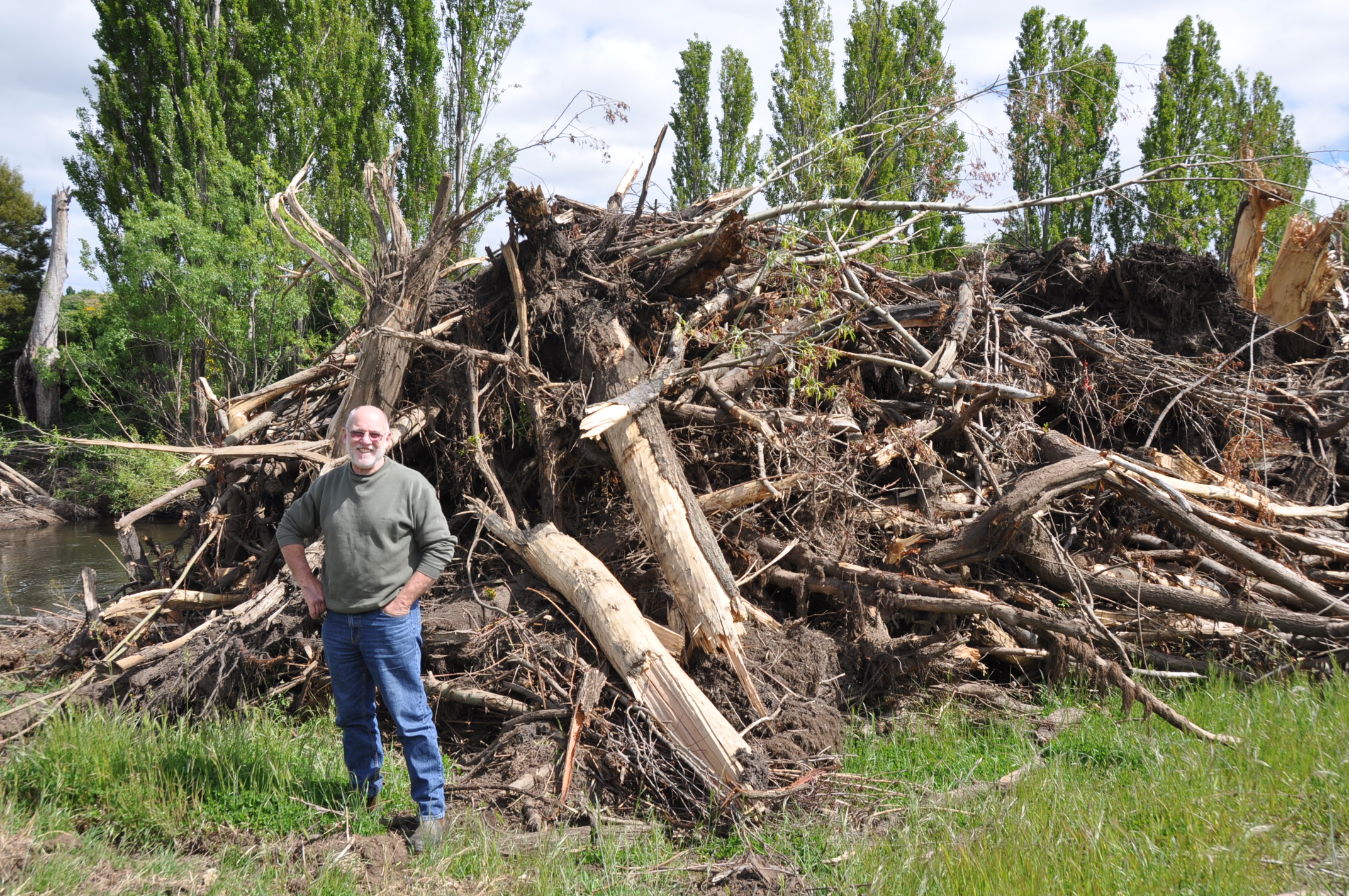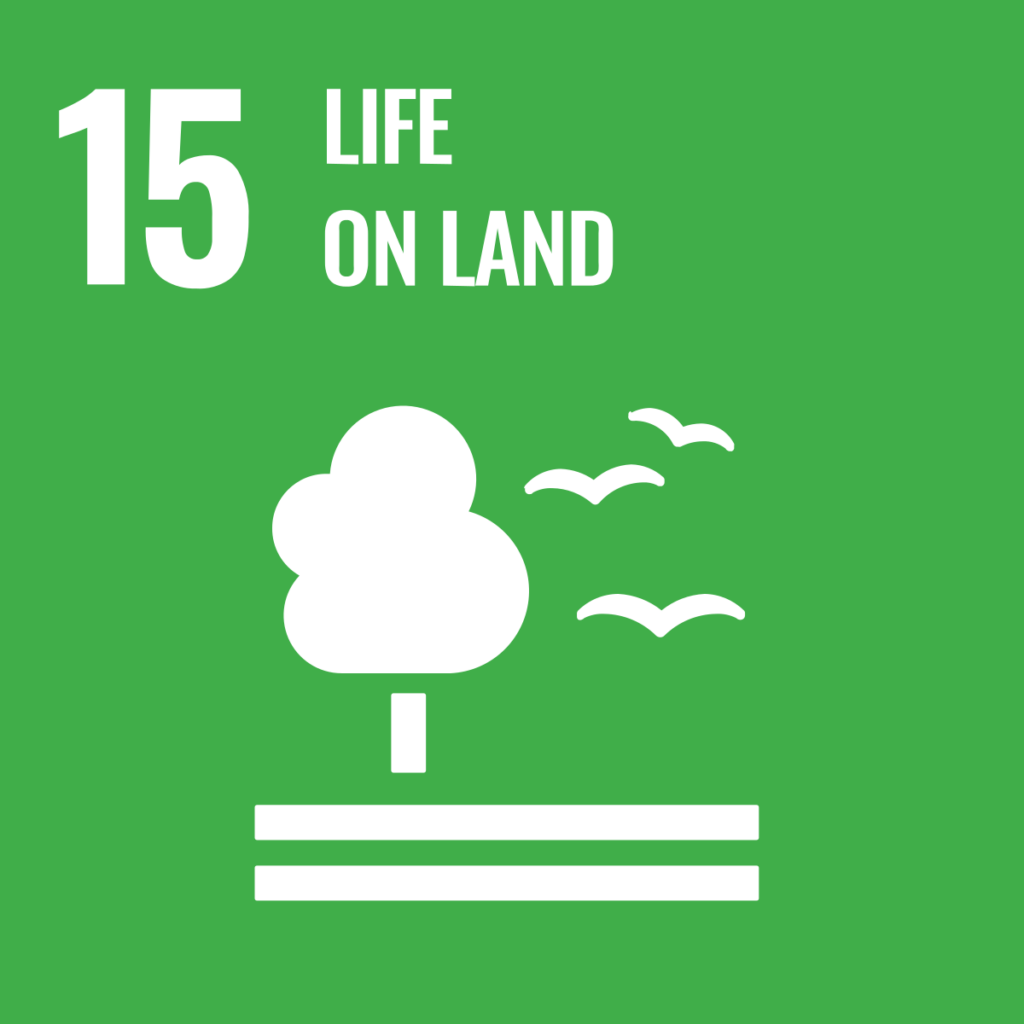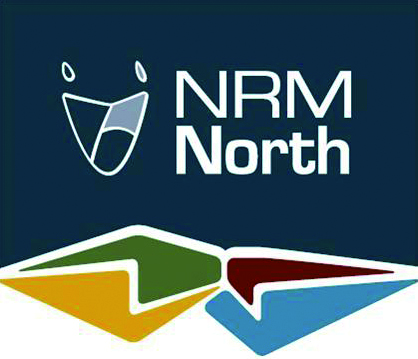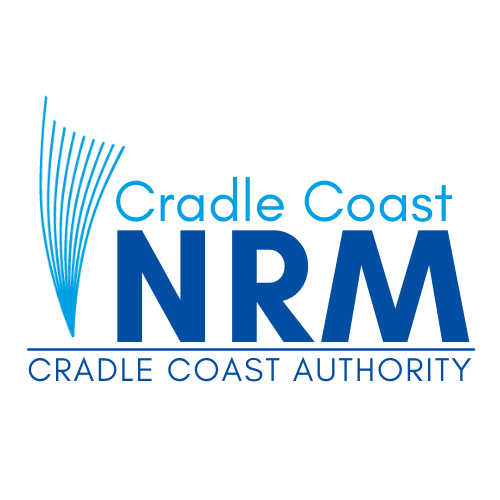Flood Resilience Project
Tasmanian NRMs: Scaling Nature-based Solutions for Flood Resilience and Recovery
This project is evaluating and expanding the use of Nature-based Solutions (NbS) to enhance flood resilience, rehabilitate agricultural land, and deliver social, economic, and environmental benefits across Tasmania’s flood-affected regions.
In the aftermath of the devastating 2016 floods, Tasmania’s three natural resource management organisations (NRM North, NRM South and Cradle Coast NRM) implemented Nature-based Solutions (NbS) across their regions to rehabilitate agricultural land and support ongoing flood resilience.
The key focus of this project in 2025-26 is to evaluate the effectiveness of the NbS implemented in response to this flooding event. These learnings will be used to scale up and transfer the NbS to other flood-affected sites, where a baseline evaluation will be also be carried out. This will be done in collaboration with a new national indicator framework, of the social, economic and environmental co-benefits of NbS.
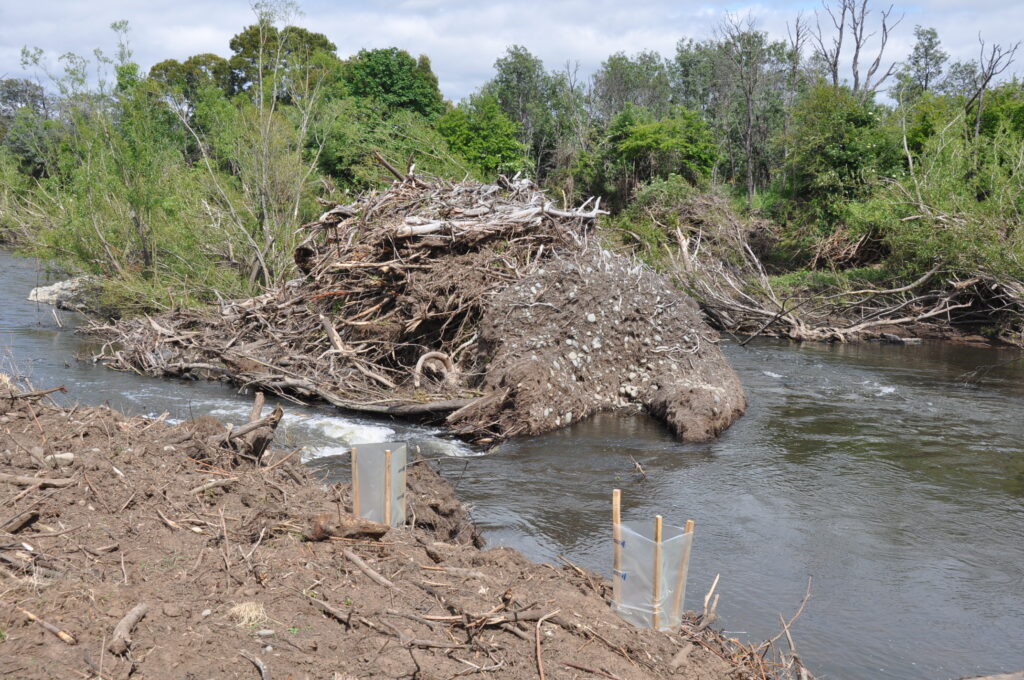
WHAT ARE NATURE-BASED SOLUTIONS?
Nature-based Solutions are an approach that focuses on protecting, managing and restoring ecosystems as a response to a changing climate. The actions that are put in place as part of NbS help us to adapt to changes and be more resilient to future extreme events.
NbS implemented after Tasmania’s 2016 floods included debris removal, revegetation for riparian rehabilitation, riparian fencing for stock exclusion, weed control, in-stream structural works such as rock beaching, and log revetment.
PROJECT FOUNDATIONS
We will be working closely with project partners NRM North (project lead) and Cradle Coast NRM. Supported by funding from the Minderoo Foundation, this project has been established as part of NRM Regions Australia’s Nature-led Resilience: Safeguarding Regions from Fire, Flood and Climate Risks project and will run until June 2026.
The Tasmanian project is one of four regional projects being undertaken by NRM organisations across Australia. These projects are using NbS that address disaster risk reduction and climate adaptation to provide evidence, knowledge, and frameworks that will support greater uptake of this appraoch, particularly in relation to fire and flood risk mitigation.
This project is part of a national effort to mainstream NbS for disaster resilience and will contribute to a broader movement to embed NbS in planning, policy, and practice across the country.
Our Approach
Led by NRM North, this project will evaluate the effectiveness of targeted flood recovery actions and ongoing flood resilience by:
- Completing a baseline evaluation of works carried out as part of post-flooding recovery efforts,
- Assessing how effective NbS have been in reducing flood risk using a national indicator framework (including social, economic and environmental benefits), and;
- Using the learnings from this evaluation to scale up and apply NbS to trial sites for flood-affected areas in Tasmania.
FAQS
What are some examples of NbS?
Nature-based Solutions utilise the benefits of thriving ecosystems to support communities, enhance infrastructure, and ensure a resilient and biodiverse future.
By protecting, restoring, and sustainably managing landscapes, NbS can tackle issues such as climate change, disaster risk reduction, food and water security, biodiversity loss, and public health.
These solutions work by enhancing the natural processes and functions of ecosystems, delivering a wide range of benefits. By integrating nature into our responses to societal challenges, NbS provide positive outcomes for people, the economy, and the environment.
NbS can include interventions such as:
- integrating trees and shrubs on farmland to enhance soil health, increase crop resilience, support pollinators, and diversify farm income
- collaborating with traditional custodians to reintroduce cultural burning practices to maintain landscape health, reduce wildfire risk, enhance biodiversity, and preserve cultural heritage
- managing weeds to restore native habitats, support biodiversity, and improve ecosystem health and resilience.
How are NbS used in waterway management?
NbS can be used as a way of protecting, managing or restoring some natural function and resilience in modified systems while taking historic and ongoing human-induced change into consideration.
NbS offer an approach which aligns with many fundamental principles of waterway management for sustainable catchment outcomes, including;
- Vegetation is essential for long-term bank stability, flood resilience, habitat, and water quality, and restoring native riparian vegetation is part of best-practice stream and river rehabilitation.
- Erosion is a natural process, and planning should provide buffers based on river type and likely erosion processes.
- Address the underlying causes of erosion by restoring disrupted environmental processes.
- Site actions should improve resilience to future floods by restoring natural processes and strengthening riverbanks.
- Only intervene if erosion threatens valuable assets, as natural recovery is often better and less disruptive.
- Prefer catchment-scale approaches using strategic planning and, where space is limited, hybrid solutions that combine hard structures (e.g. rock) with vegetation.
What will this evaluation process look at?
Delivering NbS is at the heart of what we do, however, the focus is typically on outcomes for biodiversity and ecosystems. Delivering NbS with a clear focus on reducing climate and disaster risk is less common and, in this context, there is limited robust evidence available in relation to the economic benefits and social impacts of NbS.
This evidence gap poses a challenge in attracting investment to scale-up projects such as these. As a result, traditional ‘grey’ infrastructure such as concrete flood barriers or drainage systems are still used most of the time, even where nature-based solutions could offer significant advantages.
What types of NbS will be used at trial sites?
The evaluation process undertaken as part of this project is a critical step in identifying which nature-based solutions should be used at trial sites. This approach ensures the most effective and impactful interventions are prioritised for implementation.
Following the assessment, the types of NbS implemented may include:
- streamside revegetation and weed management
- access control, for example stock or vehicle exclusion and alternative water points
- riverbank modification and / or realignment for erosion management
- bank armouring using nature-based methods such as rocks and / or logs
- re-engagement of wetlands through removal of levees and / or drains
Stay updated
For regular updates, subscribe to our newsletter and follow us via our social media channels (links at the bottom of this webpage).
If you wish to contact us about the project, please email [email protected]
